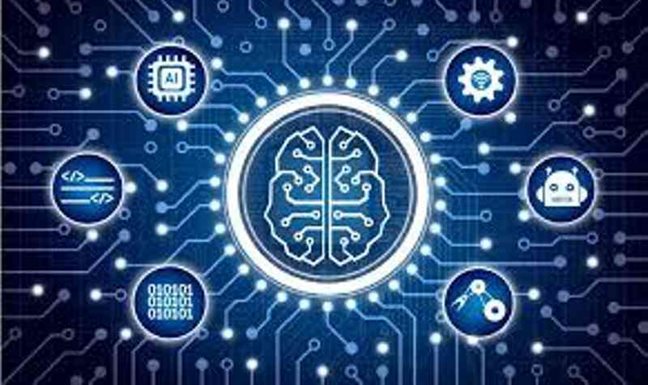How AI May Be Able To Detect Depression In Children
AI can detect anxiety, depression in child's speech
Artificial Intelligence, AI is a wide-spread knowledge and is known to be able to do extraordinary things that the human mind can’t even perceive. The self-learning technology of these AI-based systems allows the future to be quite unpredictable.
Academics from the University of Vermont have designed an algorithm that is capable of detecting various signs of depression and anxiety from the speech patterns of younger children. This system is thought to be quite useful in accurately diagnosing the depression condition of this age group and is also believed to increase the speed of diagnosis.
This system of identifying the speech patterns is essential since the children under eight years can’t express their true feelings to psychologists. The early diagnosis of this condition in children is crucial since their brains will respond better to these treatments while developing. If the state of depression is left unchecked, it may lead to life-threating instances.
Ellen McGinnis, the lead author of this study, stated, “We need quick, objective tests to catch kids when they are suffering. Most kids under eight are undiagnosed.” A group of 71 children between the age group 3 to 8 underwent a structured interview and questionnaire to test out the AI.
Besides, the group was asked to re-interpret a 3-minute story and were told that the judging would be done based on their interest in the story. This test was specifically designed to put them under the stress of being judged by someone. Then the research group applied the algorithm intended to study the pattern in the speech of the children and concluded that it was successful in the diagnosis. Generally, low-pitched voice with a repeated statement as well as high-pitched response to the buzzer played at various times throughout their address was enough to graph the anxiety and depression instances.
Ryan McGinnis, another author on the study, said: “The algorithm was able to identify children with a diagnosis of an internalizing disorder with Eighty percent accuracy, and in most cases that compared well to the accuracy of the root checklist.”
In the next phase, they plan to develop an algorithm to analyze speech and used for clinical diagnosis as an app. The principal objective of this case study is to provide the parents with a more natural and accurate way of identifying their child’s depression status.







